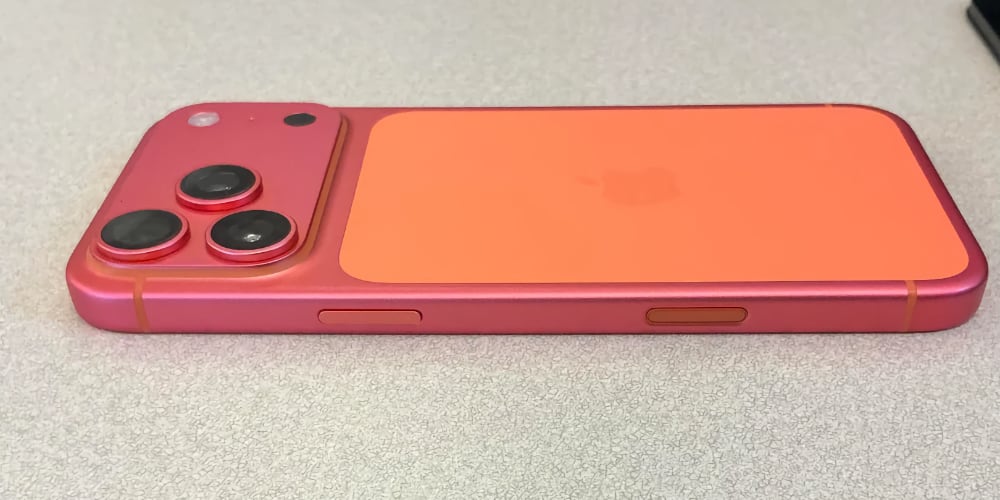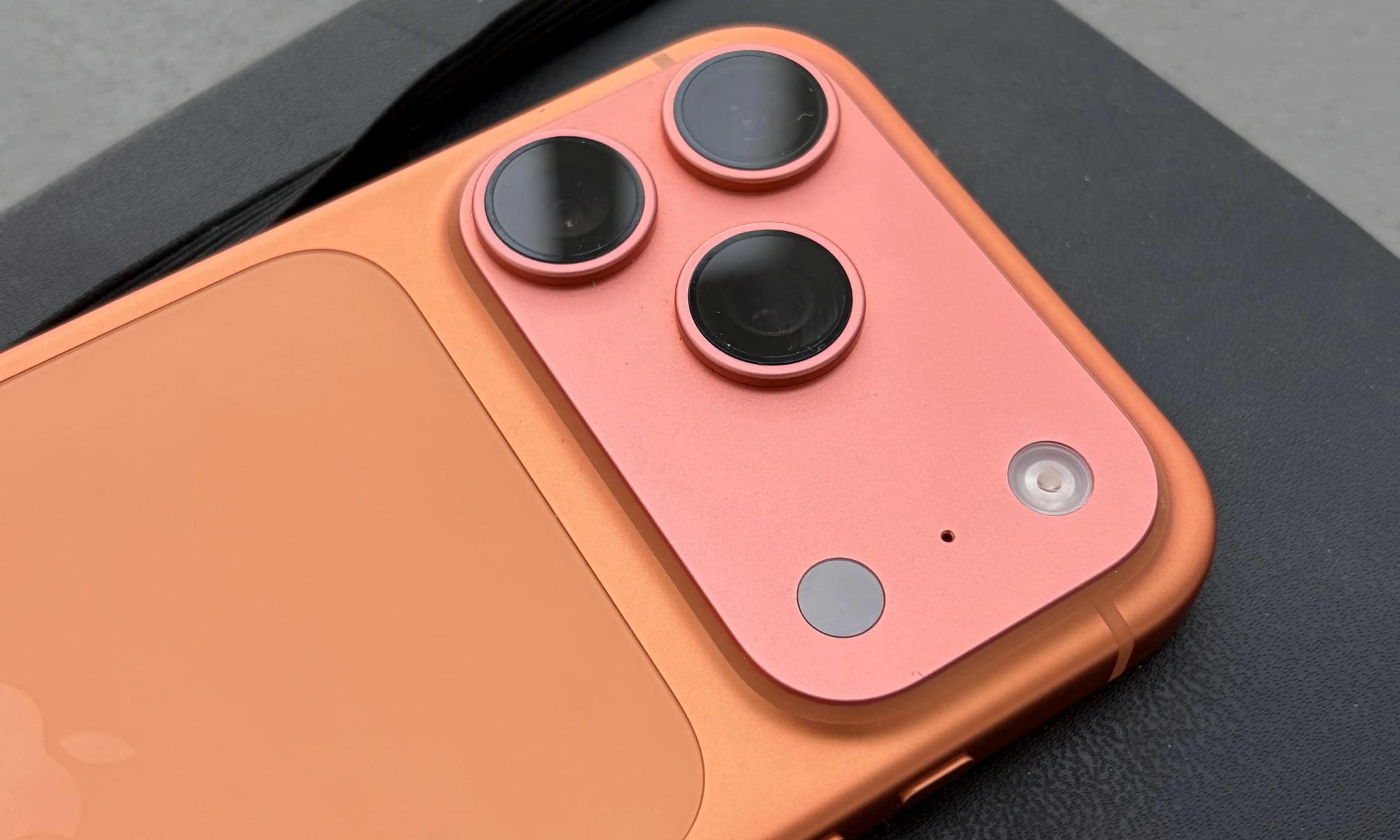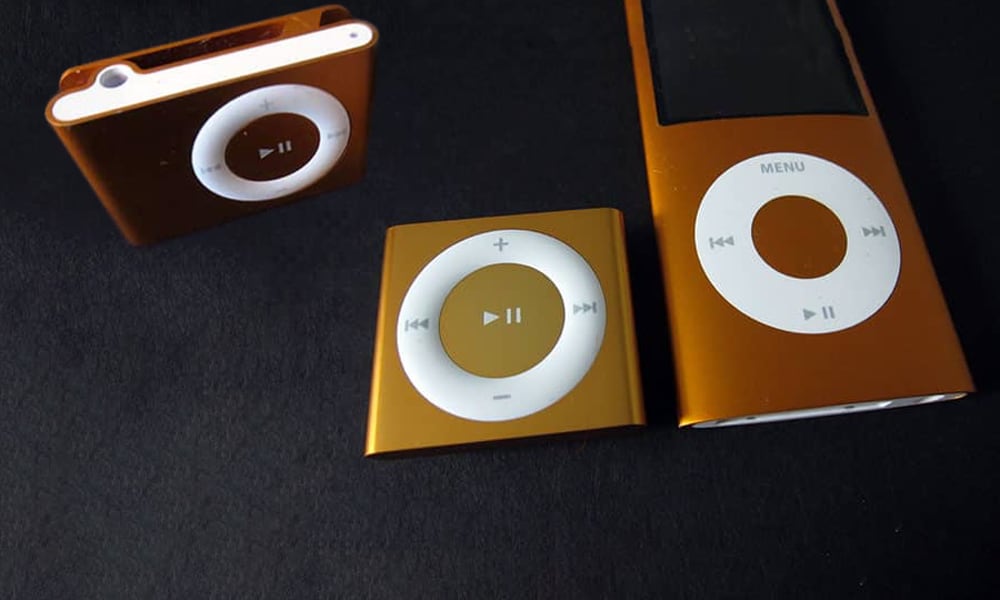Your New Cosmic Orange iPhone 17 Pro May Not Stay That Way
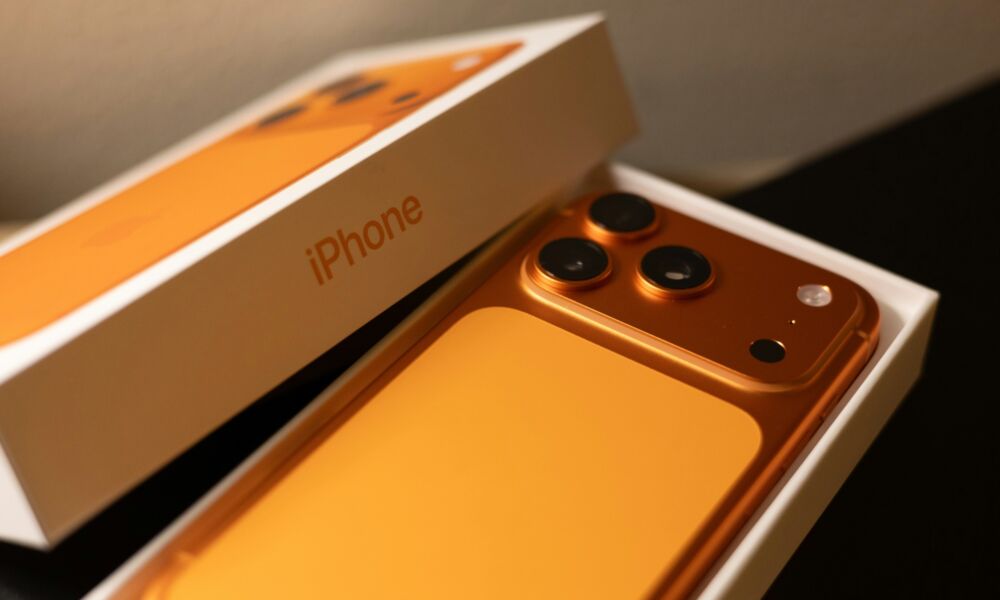 James A. Molnar
James A. Molnar
Toggle Dark Mode
It seems that rumors of Apple’s cosmic orange finish turning pink haven’t been exaggerated, although the problem may still only be affecting a relatively small number of users.
Over the past week, reports surfaced on Reddit and TikTok from folks who opted for a vibrant cosmic orange iPhone 17 Pro model, only to find the aluminum body slowly shifting toward a pinkish, rose gold-like color.
As things tend to go on Reddit, some folks were quick to call out an image shared by DakAttack316 as a fake, to the point that the Redditor later reported that moderators took their original post down after users repeatedly flagged it as photoshopped. However, DakAttack316 found themselves vindicated as more folks began reporting the exact same problem, and reshared their original photos.
Images from other contributors showed the same phenomenon: the aluminum frame turning a deeper, pinkish color while the glass back retained its original pumpkin-like hue. In some scenarios where the iPhone was kept in a case, only the camera plateau had darkened, suggesting that areas exposed to air or light might be more affected.
The Mysterious Case of the Pinkish iPhones
Apple has yet to publicly comment on the issue, and it doesn’t appear to be widespread. As always, social media tends to amplify problems like these, so even though dozens or hundreds of folks may be experiencing discoloration, there’s a silent majority of folks whose cosmic orange iPhones remain just as orange as the day they bought them.
As a result, we can only speculate on what’s happening here. Some folks experiencing the problem have suggested that this could be due to using improper cleaning agents. Apple has some specific recommendations for how to clean your iPhone, which include avoiding products that contain bleach or hydrogen peroxide. Those can certainly affect the color of a device, and some folks have pointed to interaction with peroxide-based chemicals, but this seems like an incomplete explanation.
For one thing, not everyone who has reported the problem has cleaned their iPhone at all, much less with strong chemical agents. One user reported that, despite immediately putting their iPhone 17 Pro in a case and avoiding cleaning or exposure to light, the phone still turned pink within a week. The uniform discoloration seen in the photos also rules out exposure to things like hand sanitizers or lotions.
Anodized aluminum can be sensitive to strong cleaning agents, but it’s also a notoriously tricky process, and some colors are more difficult to reliably reproduce than others. There’s a reason Apple hasn’t used metallic orange on any of its devices since the 2010 iPod nano and iPod shuffle.
From a materials-engineering perspective, Apple most likely finished the aluminum frame of the iPhone with an anodized oxide layer that incorporates an organic dye to achieve its vibrant cosmic orange hue. Organic dyes are inherently more susceptible to fading or shifting hues when exposed to ultraviolet light, heat, or certain chemicals. It’s plausible that a particular batch was under-sealed or used a less stable dye formulation — even a few seconds’ deviation in the process can make a difference — which could have led to gradual color changes even under normal use. This is merely educated speculation, but it neatly fits the pattern we’re seeing here.
Perhaps most significantly, some folks who have experienced the discoloration also report successfully having their iPhones replaced by Apple Support after inspecting the devices. While it’s plausible that Apple employees are being gracious, damage due to improper cleaning would almost certainly not be covered under warranty — and even AppleCare+ doesn’t cover “cosmetic” damage; Apple won’t replace or repair a device for minor scuffs or screen chips, let alone for changing color.
This suggests Apple is at least tacitly acknowledging that some kind of manufacturing problem exists — and it wouldn’t be the first time. Apple’s iPod nano models suffered similar discoloration issues back in the day to the point that they carried a disclaimer on the packaging that, “Like a fine pair of jeans, iPod Nano colors may vary and change over time.”
Cosmic Orange iPhone 17 Pro Owner? Here’s What You Can Do
We’re hoping you’re still enjoying a pristine iPhone 17 Pro — or, if not, at least among those who actually like the new color. However, if you’re concerned this could happen to you, there are a few preventative steps you can take.
As we mentioned earlier, you should definitely avoid cleaning your iPhone with anything that’s not Apple-approved. This is good advice for any iPhone model, not just the cosmic orange iPhone 17 Pro; the orange anodization may be more susceptible to strong chemicals, but that doesn’t mean other finishes will remain unscathed.
Apple’s official recommendation can be found in its support article on Cleaning your iPhone, but it basically comes down to using one of three kinds of cleaning wipes: 70 percent isopropyl alcohol, 75 percent ethyl alcohol, or Clorox Disinfecting Wipes. Water is also fine, of course, as long as you don’t get it in any of the ports.
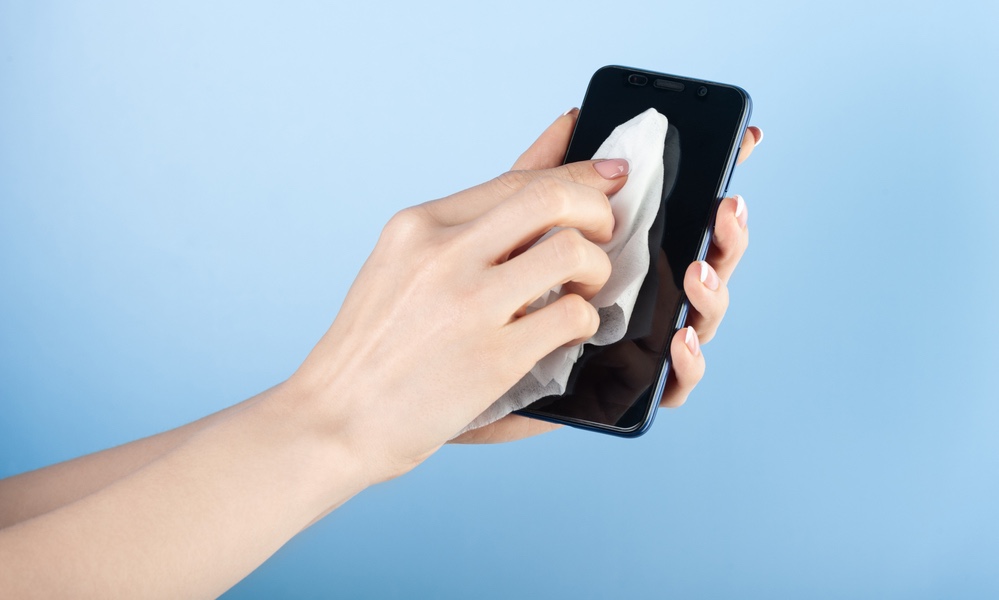
While it’s a little bit harder to avoid, minimizing your iPhone’s exposure to heat and ultraviolet light can also help, as these are also known to affect certain organic dyes used in the anodization process. Again, that’s assuming this is a universal problem rather than just one or two batches that were improperly anodized.
If nothing else, it’s worth keeping an eye on — literally — to see if your device’s hue changes over time. If you’re concerned this may become a problem, it wouldn’t hurt to keep a photographic record. Take some pictures of your iPhone the way it looks now, and if it starts to change color, take some more. Reports that Apple support has replaced some affected iPhone models are encouraging, and having documentation on hand could help if you need to make a case for it.
History may not be repeating itself here, but when it comes to Apple’s anodized finishes, it seems it may be rhyming a bit.


